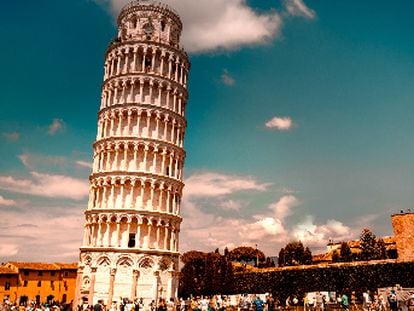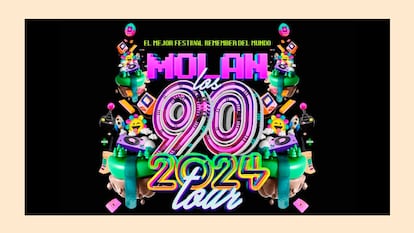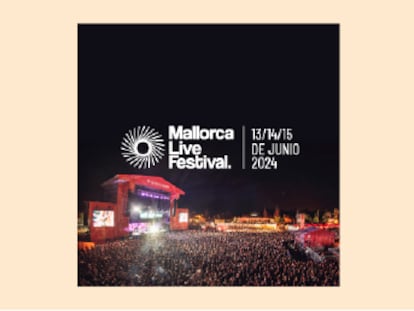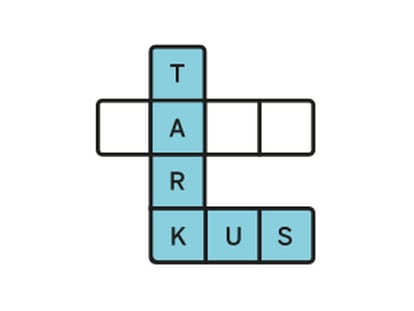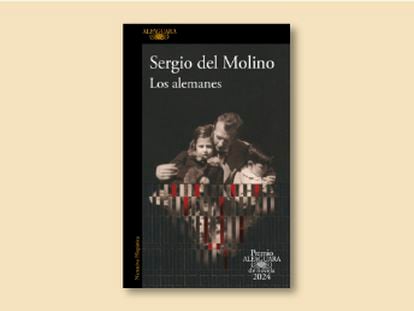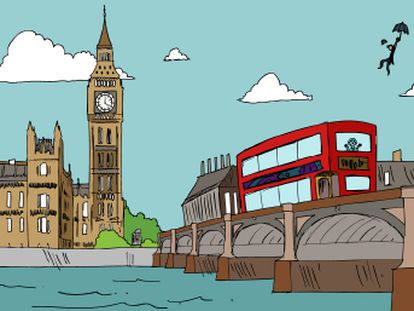Life as Art
Transformative drama (also known as therapeutic drama) is based on the therapeutic creation of the subjective identity of the audience or reader. Active as well as passive, it can be applied during drama writing, when reading, and when using transformative drama as a screenplay during drama workshops. People who are excluded – such as prisoners, patients (for example cancer patients), and those disabled people who Gina Bujis, a lecturer in social anthropology at Rhodes University, calls the “mufflet group” – can all benefit. But transformative drama can be used preventatively as well, for example in schools where the development of violence or sexual problems can be averted. Transformative drama is closely linked with the issue of identity and can be helpful in overcoming an identity crisis.
Barbara was convicted of killing her adoptive mother because she felt the woman had humiliated her, and spent 14 years in prison in Lubliniec, Poland. Aneta is in the middle of a divorce. She is a housewife and sometimes works as a babysitter. She is dependent on her husband who abused her physically and psychologically. He decided to leave her for another woman and brought a divorce case to court, but she still is trying to save the marriage.
These two women are united by a few things. They both are the victims of domestic violence[1], and both feel guilty about their circumstances. They both had a problem, because of their inability to begin new lives as well as because of public discrimination, and neither could define her identity. And – the most important feature of my research – they both changed their lives with the help of what I call transformative drama.
During her time in prison, Barbara wrote the drama The knot of the life. It is a story based on her autobiography and the biographies of her co-prisoners. It tells two stories – the story of a wife who is beaten by her husband and that of a daughter humiliated by her mother. In the final scene, the daughter and the wife kill their persecutors. As Barbara explains, the process of writing the drama was an attempt to survive by imposing perspective on her life and to find answers to the questions: ‘Who am I?’ and ‘How can I live?’ The drama is not intended to justify the matricide, but is a way of understanding what had happened in her life. Barbara believes that her life can be changed by talking about the trauma – it is a kind of therapy. Reliving the experience of the actual event through the emotion expressed in the drama allows the author to define her identity by becoming aware of the circumstances, decisions and choices in her life. Thanks to drama she is transformed, changing her negative identity to one that is positive. It does not mean that she becomes a better woman – she is still a murderer – but she gains an awareness of who she is.
Aneta attends the The Women's Rights Center in Warszawa, and discusses her problems with other women who are in a similar situation. One of the methods used in this group is the performance of a drama by Dagna Ślepowrońska, whose work is based on the stories of her clients. Through her writing she reaches back to the past lives of these women – even into their childhoods. For instance, in the drama Passion. The ritual of taking off the selfless masks,three main characters (all known as “I”), speak similar words to those of the character in Barbara’s drama The knot of the life. The wife in Barbara’s drama says: I do not know what is true and what is false. Am I wrong? If I can, I will change something, but it seems to be impossible. I still love my husband. And in the final scene she exclaims: O my God help me, please, to have a choice. Tell me, please, where was I wrong? I try to be obedient and faithful. Meanwhile the characters in Ślepowrońska’s drama say: I smother the life in myself as hard as I can. But in the final scene they take one step more than the mother and daughter in Barbara’s drama and claim: I would like to get back my face. I choose life – my life. And in taking off their selfless masks, they gain their own identities and are set free. The process of reading the drama, of telling their own stories, and then of using the drama as the screenplay in preparing the performance is called by Ślepowrońska the ritual of passage, a ritual of transforming. The character changes herself and introduces to others the possibility of transformation as well. Reading and devising drama is a therapy that not only treats those who create it, but also results in an artistic product which can be used in future by others with problems. This kind of drama gives individual transformation and perspective a social perspective; it simultaneously retains and transcends its individual, intimate character.
This new category of transformative or therapeutic drama – which might perhaps also be known as tragedy – deals with personal development and identity. It presents real, concrete problems. Its aim is to establish a dialog with readers and to encourage them in their process of interpreting the text. To do this it presents observations and experiences, and provokes readers to express their opinions and emotions stimulated by the drama as well as to discuss the attitudes and choices of dramatis personae. Readers of transformative drama can be those people needing pedagogical and psychological support in the field of social attitude, self-realization, or the achievement of emotional maturity and self-knowledge. The way a drama is received by its readers is important. Active reading, and internal commitment in the process of reading and then of using the text, should lead to the start of the transformative process. The process of transformation is defined by Erika Fischer-Lichte, a German professor of theatre studies, as the moment when art is on the same level as reality, leading to the experience of threshold. The notion of threshold relates to an experience of crisis which seems to be a climax, a moment when transformation becomes possible. In The Transformative Power of Performance: a New Aesthetics she presents the idea of transformation as a way of constructing or reconstructing identity. The process of reading is similar to the phase of threshold/transformation in the three levels of ritual of transition described by Victor Turner, a British cultural anthropologist. Turner himself was influenced by the folklorist, Van Gennep, who defined three stages of rites of passage: separation; threshold; and reaggregation. In interpreting Turner, Fischer-Lichte underlines the combination of the esthetic experience and reality which leads to the experience of threshold. In the process of reading, analyzing and interpreting the text (and the life described there) the reader moves to the liminal phase – an in-between state – between the old life and the new. Active analysis leads to transformation; art becomes life and life changes places with art. The aim of transformative drama is to prevent or treat psychological disturbances by rationalizing or stimulating the process of constructing a subjective personality and identity. It also sets in motion activities to recognize and to try to strengthen self-acceptance and the process of self-definition.
[1] In Poland one-third of women over 16 years experience physical and sexual violence (about 6.5 million are injured per annum).














